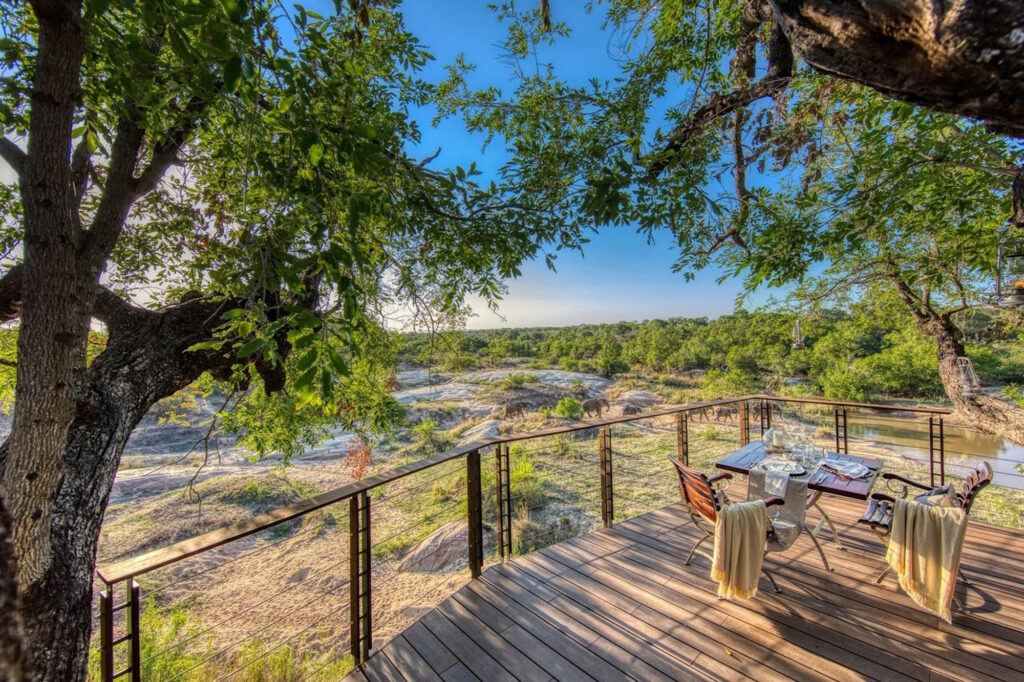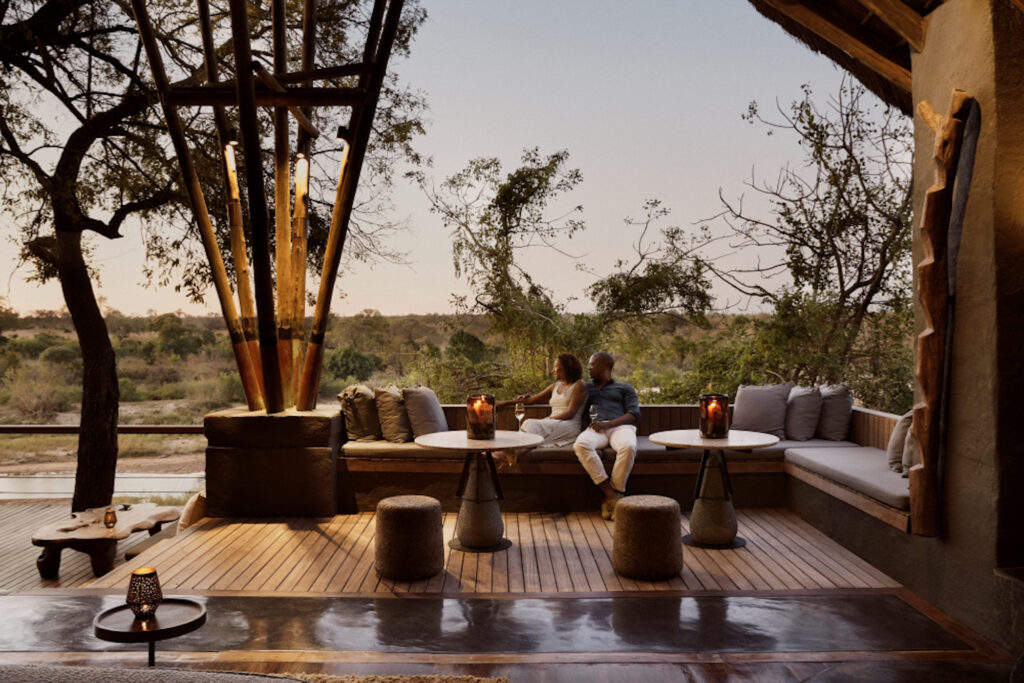
South Africa
Kruger National Park: self-drive vs guided safari – which is best?
Southern Africa • Insider guides • Kruger National Park: self-drive vs guided safari – which is best?
The best way to explore the Kruger: self-drive vs guided safari
Kruger National Park is the ultimate safari destination, but how you experience its wild wonders can shape your entire adventure. Do you prefer the freedom of driving through the vast landscapes at your own pace or does the idea of a guided safari with expert insights appeal more? Both options have perks that will enhance your Kruger safari experience. In this guide, we’ll break down the pros and cons of both self-drive and guided safaris in Kruger, helping you choose the best option for your adventure.
Table of Contents

What are the main differences between a self-drive and a guided safari in Kruger National Park?
The key difference between a self-drive and a guided safari in Kruger National Park lies in the level of control and expertise involved. On a self-drive safari, you rent a car and explore the park at your own pace, following marked public roads and making spontaneous stops whenever you wish. This option gives you complete flexibility but requires you to navigate and spot wildlife on your own.
In contrast, a guided safari is led by an experienced guide who knows the best routes, animal hotspots and behaviours. Guides often provide expert insights into the animals and environment, offering a richer educational experience. Additionally, guided safaris may allow access to private reserves or exclusive areas not available to self-drivers.
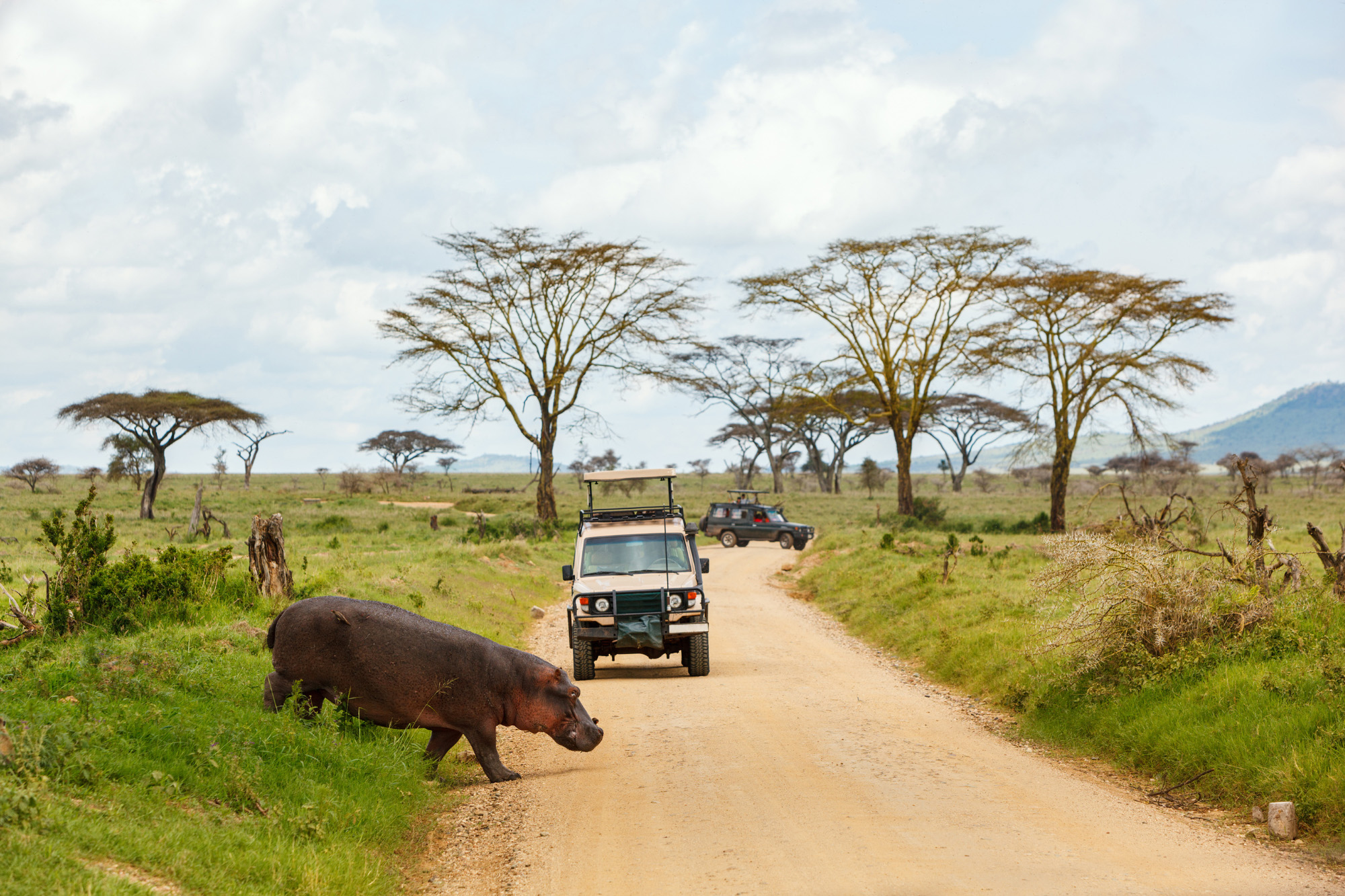
Is a self-drive safari in Kruger safe for first-time visitors?
Yes, a self-drive safari in Kruger National Park is safe for first-time visitors, provided you follow the park’s guidelines and exercise caution. Kruger has well-maintained roads, clear signage and detailed maps available for visitors, making navigation relatively easy. However, it’s essential to remain inside your vehicle at all times, stick to the speed limits and avoid approaching wildlife too closely.
As a first-time visitor, you should familiarise yourself with basic park rules, like maintaining a safe distance from animals and avoiding travel after sunset. While safe, it’s important to understand that driving yourself requires full attention, as you’ll need to manage both navigation and wildlife spotting.

How much does a self-drive safari cost compared to a guided safari?
A self-drive safari is generally the more budget-friendly option compared to a guided safari. For a self-drive, costs include vehicle rental, park entrance fees and fuel. Park fees typically range between R110 to R440 per day for international tourists, depending on the season, while vehicle rental can vary from R600 to R1,500 per day, depending on the type of car you choose.
Guided safaris, which include the expertise of a guide, transportation and sometimes meals or accommodation, often cost significantly more, ranging from R1,000 to R4,000 per person per day, depending on the type of tour (private or group) and luxury level.

Will you see more wildlife on a guided safari than a self-drive?
In general, you are more likely to spot a greater variety of wildlife on a guided safari than on a self-drive safari. Professional guides are experts at tracking animals, understanding their habits and communicating with other guides to share sightings. They know where to go and at what times to increase your chances of seeing elusive species like lions, leopards and rhinos.
Additionally, guided vehicles often have access to exclusive areas or off-road routes, further enhancing the chance of sightings. While it is possible to see a lot of wildlife on a self-drive, it often depends on your level of knowledge, patience and a bit of luck.

Can you access all areas of Kruger National Park on a self-drive safari?
No, self-drive visitors are limited to certain areas of Kruger National Park, primarily along the public road network. The park has around 2,300 kilometres of roads, with approximately 800 kilometres being paved and the rest consisting of gravel.
While these roads offer access to many key areas and wildlife-rich zones, some parts of Kruger, especially private concessions and exclusive lodges located in the park’s southwestern and western regions, are off-limits to self-drivers and only accessible on guided safaris.
Self-drive visitors typically enter the park through one of the main gates, including popular ones like Paul Kruger Gate, Crocodile Bridge Gate, Phabeni Gate and Numbi Gate, which are close to the southern region of the park, known for its high density of wildlife, including the Big Five.
If you are looking to explore further north – Orpen Gate, Punda Maria Gate and Pafuri Gate provide access to more remote and less crowded areas, where you can encounter species like elephants and wild dogs. However, it’s important to note that private game reserves bordering Kruger, such as Sabi Sands and Timbavati, are only accessible through guided tours.

What are the pros and cons of a guided safari in Kruger National Park?
A guided safari in Kruger offers several advantages, including access to expert knowledge, insider tips on animal behaviour and the possibility of seeing more elusive species due to the guide’s skills. Guided safaris also offer a more relaxed experience, as visitors don’t need to worry about navigation, allowing them to focus solely on wildlife spotting and photography.
However, guided safaris can be more expensive than self-drives and you may have less flexibility in terms of schedule, routes or time spent at specific sightings. Additionally, you may be sharing the vehicle with other tourists, which can reduce the sense of intimacy.

What are the pros and cons of a self-drive safari in Kruger National Park?
A self-drive safari in Kruger offers complete freedom and flexibility, allowing you to explore the park at your own pace. You can decide when to start your day, which routes to follow and how long to stay at each wildlife sighting. This level of independence is ideal for travellers who enjoy planning their own adventures and prefer a more personal experience. Additionally, a self-drive safari is usually more cost-effective than a guided safari, especially for families or groups, as you can split the rental car and park fees.
However, self-driving also comes with its challenges. It requires full concentration on both driving and spotting wildlife, which can be demanding, especially for first-time visitors unfamiliar with the terrain. You won’t have access to the expertise of a professional guide, which could limit your chances of spotting elusive animals like leopards or rhinos. You’re also restricted to public roads, meaning you may miss out on areas only accessible through private or guided safaris. Lastly, vehicle breakdowns or getting lost could present additional risks in such a vast wilderness.
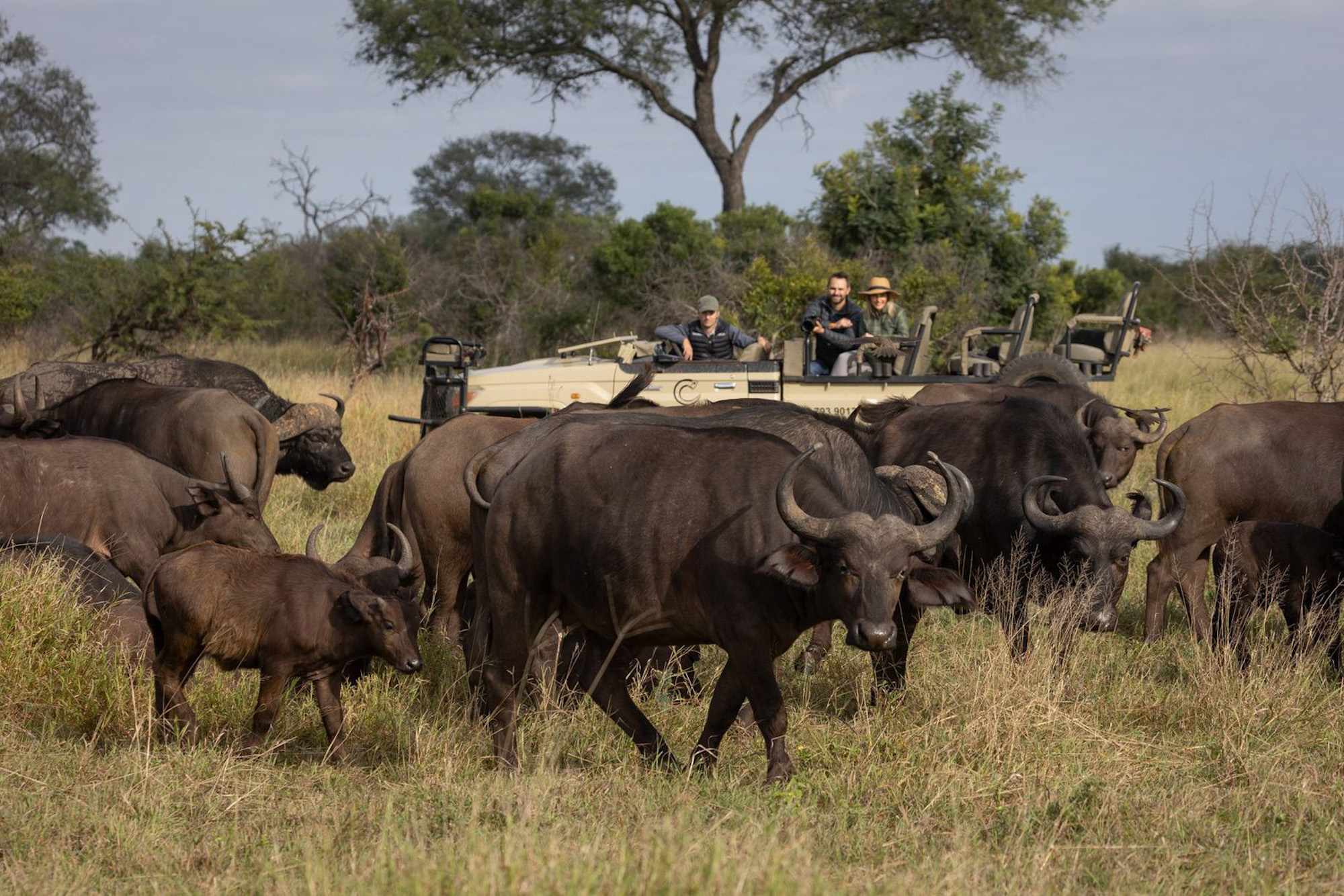
Which safari option is best for families visiting Kruger?
For families, both self-drive and guided safaris have distinct advantages, depending on their needs. A self-drive safari offers flexibility, which can be beneficial for families with young children who may need frequent breaks or more relaxed timing. You can stop whenever you want and control the day’s schedule to suit your family’s pace.
On the other hand, guided safaris can be less stressful for parents, as the guide takes care of navigation and wildlife spotting, allowing the whole family to focus on the experience. Some guided tours also offer child-friendly programs or shorter trips tailored to keep kids engaged. Ultimately, it depends on your family’s preferences for flexibility versus convenience.

What should you pack for a self-drive safari in Kruger National Park?
When preparing for a self-drive safari in Kruger, packing the right gear is crucial to ensure a comfortable and safe experience. First, you’ll need binoculars and a camera with a good zoom lens to help you spot and capture wildlife from a distance, as animals often roam far from the road. Sun protection is essential, including sunscreen, hats and sunglasses, as you’ll spend a lot of time in the open sun. Bring plenty of water and snacks, as food and water stops are limited within the park and you may be far from rest camps for hours at a time.
Comfortable, lightweight clothing in neutral colours is advisable to blend in with the natural surroundings. A detailed map or GPS is vital for navigation and you should also pack a power bank or car charger to keep your devices charged throughout the day. Insect repellent is especially important during the summer months when mosquitoes and other bugs are more prevalent. Finally, ensure you have all necessary documents, such as your driver’s licence, park permits and accommodation confirmations for easy access at checkpoints.
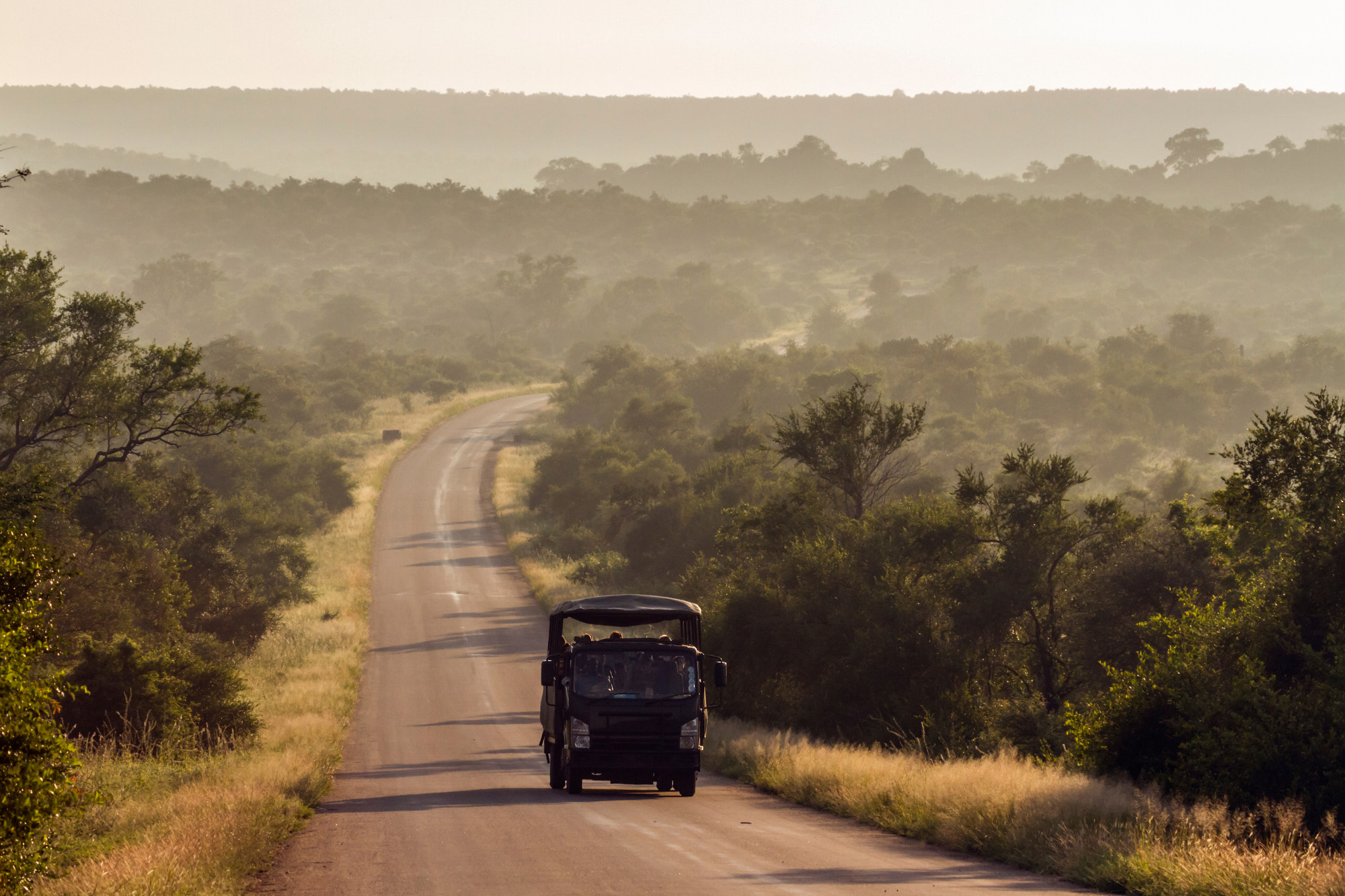
Can you combine both self-drive and guided safari experiences in Kruger?
Yes, you can absolutely combine both self-drive and guided safari experiences in Kruger National Park, which is an excellent way to enjoy the best of both worlds. Many visitors choose to spend a few days driving themselves to explore the park at their leisure, then opt for a guided safari to access areas they couldn’t reach on their own. This hybrid approach allows you to enjoy the flexibility of a self-drive, stopping whenever and wherever you want, while also benefiting from the expertise and insights of a guide who knows the park’s wildlife and terrain intimately.
Guided safaris can also offer access to private concessions and off-road areas where self-drivers aren’t permitted, giving you a chance to see more elusive animals like leopards or cheetahs. Additionally, joining a guided tour after self-driving can provide a deeper understanding of the ecosystems, habitats and animal behaviour. Many accommodations within the park, including rest camps and private lodges, offer both self-drive parking and guided tours, making it easy to switch between the two. Booking guided safaris in advance is recommended, as spots can fill up quickly, especially during peak travel seasons.
Share this
Stay in the know
Sign up for the latest hotspot news from Southern Africa.


